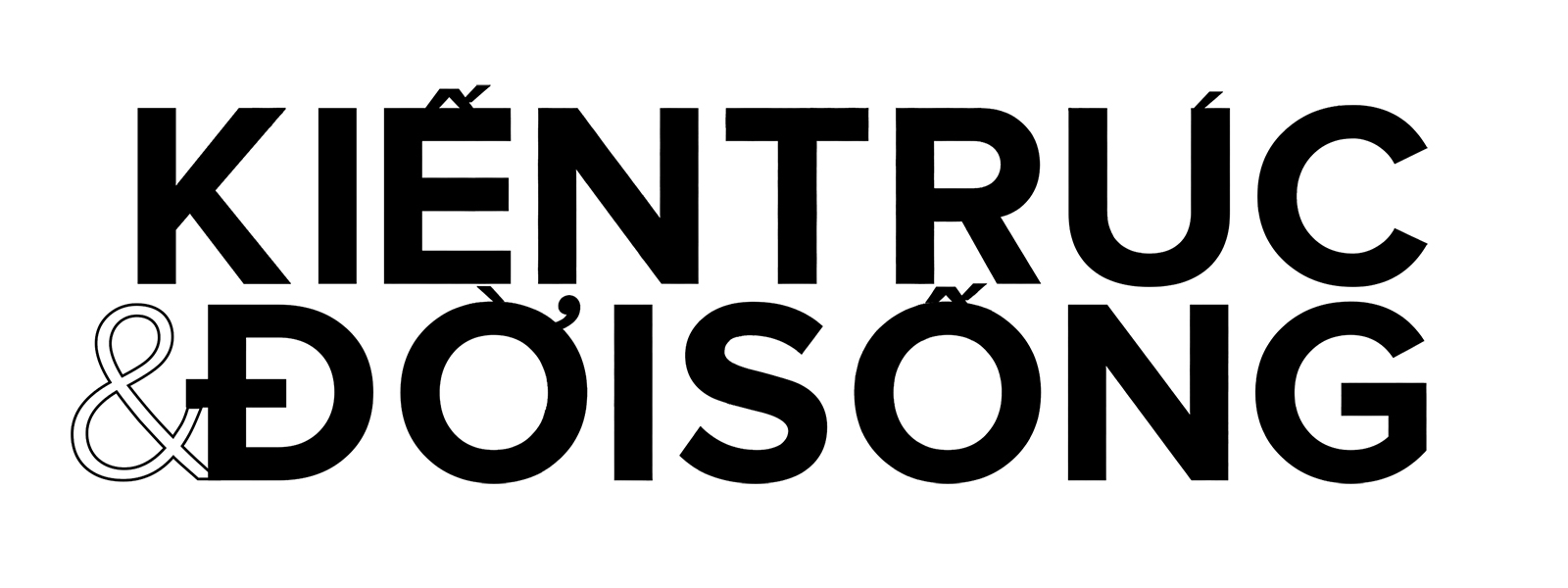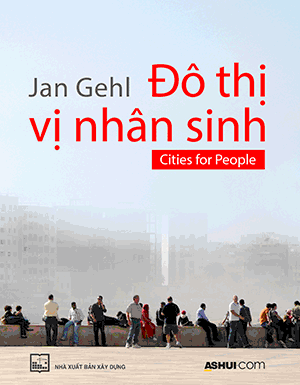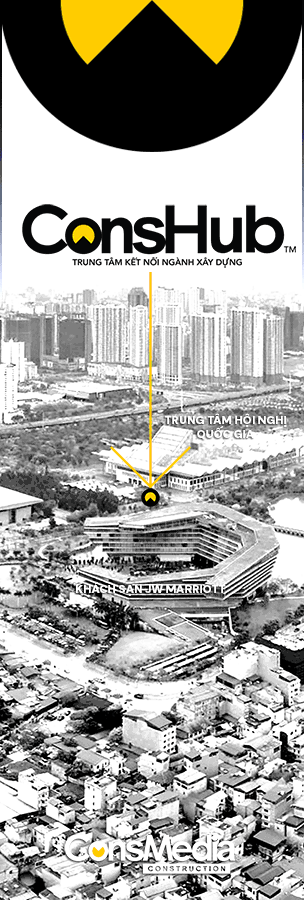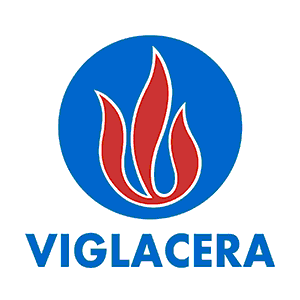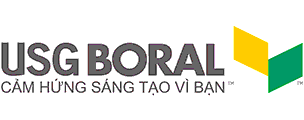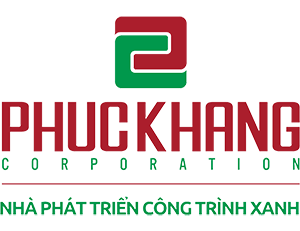Vietnam is emerging as a rising star in attracting high-quality foreign direct investment (FDI). Still, the key question persists: How can this momentum be maintained?
Attracting high-quality FDI
Following the Nvidia chairman’s visit to Vietnam late last year, a vice chairman of the global chip manufacturer has recently held meetings with Vietnamese government officials, in an apparent effort to realize their commitments to semiconductor and artificial intelligence (AI) technology cooperation.
In mid-April, Apple CEO Tim Cook paid a visit to Vietnam. This event has raised expectations that the trillion-dollar company will make additional investments following its marked presence in Vietnam last year.
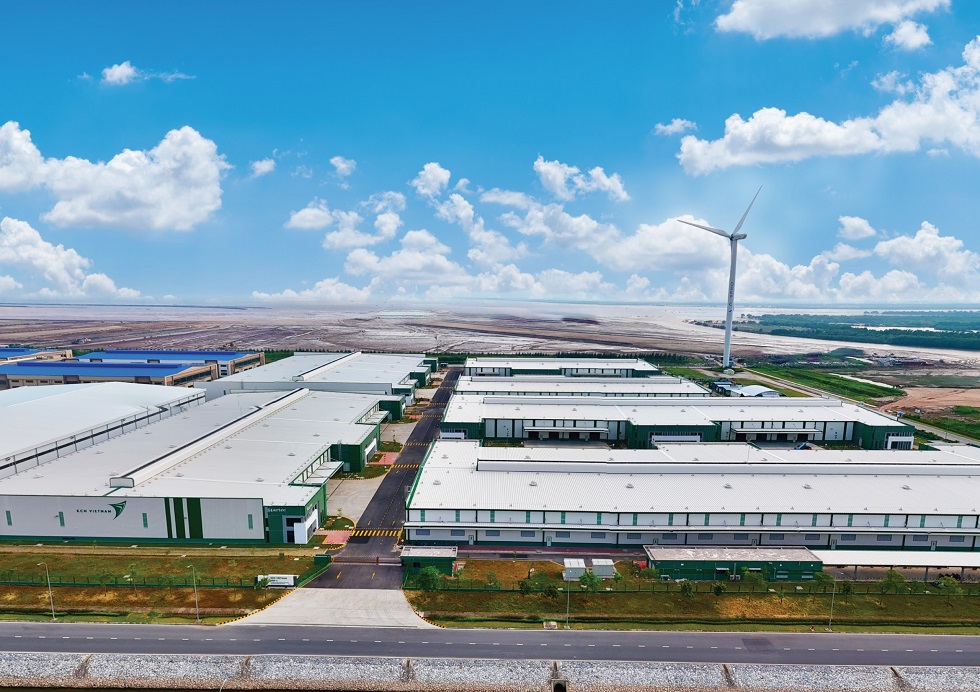
The ready-built warehouse project by KCN Vietnam in DEEP C Haiphong Industrial Zone
The most recent visits could potentially shape the future of Vietnam’s technology manufacturing sector. In March, a delegation of 50 leading U.S. companies representing various sectors visited Vietnam to explore investment prospects. This marks the second time Vietnam has hosted a large number of American businesses seeking investment opportunities, according to Avison Young Vietnam’s Q1-2024 market report. Prior to this, the U.S. and Vietnam elevated their relationship to a comprehensive strategic partnership in September last year.
Despite the prudence of major corporations, foreign capital continued to strongly flow into Vietnam in the first quarter of the year, with large projects recorded. For instance, in March, Victory Giant Technology invested US$800 million in a facility in the VSIP Bac Ninh 2 Industrial Park, with a focus on researching, developing, and producing high-precision printed circuit boards.
Data from the General Statistics Office showed that Vietnam attracted about US$4.63 billion in new foreign investments in the first quarter of 2024, a 7.1% increase versus the year-ago period. This also represents the highest level for the first quarter since 2020. Notably, the number of newly registered projects surged by 23.4%, while the registered capital climbed by 57.9% year-on-year.
Vietnam has continued to benefit from the China Plus One strategy, as producers tend to diversify away from China to Southeast Asia countries. As corporations move their production facilities, their satellite suppliers are expected to follow suit.
According to CBRE, there was a surge in investors coming from China, Taiwan, and Hong Kong in Vietnam last year. Those foreign investors showed special interest in the northern region, accounting for 47% of industrial land leasing inquiries for the entire year, marking a 32% increase from 2022.
Sustaining competitive edge in attracting FDI
According to a report by HSBC released late last year, Vietnam has emerged as a rising star in the global manufacturing supply chain. While most initial investments in the past were directed towards low-value-added sectors like textiles, garments, and footwear, Vietnam is now not only attracting major foreign electronics manufacturers but is also gradually drawing interest from players in the electric vehicle and semiconductor industries.
Competitive pricing, stable and consistent government support, numerous free trade agreements (FTAs), and the work ethics of the Vietnamese people are among the factors that facilitate FDI flows into Vietnam, said HSBC.
In addition, Vietnam is benefiting from improvements in infrastructure. According to a report by Avison Young Vietnam, the growing demand is prompting developers to expedite the construction of industrial facilities for leasing. Simultaneously, the industrial real estate market is undergoing a large transformation, with various plans underway to convert traditional industrial parks into modern, environmentally friendly ones.
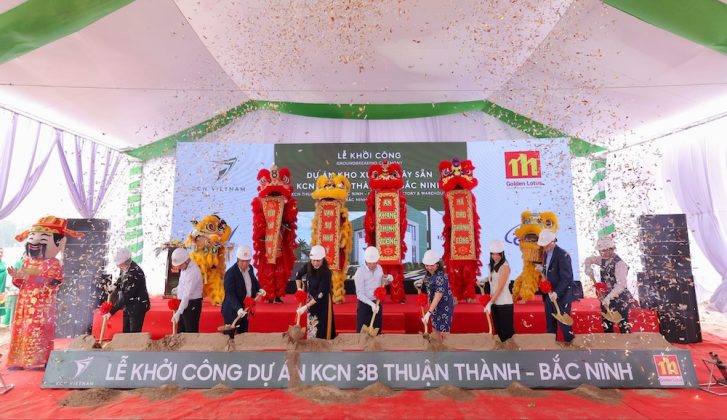
Leaders of the Industrial Zones Authority of Bac Ninh Province, KCN Vietnam, and the construction contractors jointly organize the groundbreaking ceremony for the ready-built factory and warehouse project at Thuan Thanh III Industrial Park – Zone B
In fact, the supply of high-quality industrial park projects continues to increase, alongside a pattern of steady rental price increases in the first quarter. According to CBRE, the outlook for the industrial park market in the northern region remains optimistic and stable, with numerous new warehouses and factories commencing operations in strategic locations.
Industrial park developers are currently prioritizing more than just strategic locations; they are also imposing various stringent requirements, such as high standards for modern industrial infrastructure and a wide range of services, to attract businesses.
“KCN Vietnam focuses on supporting businesses throughout their investment and operations in Vietnam. This helps foreign investors, especially SMEs, save time and costs when entering the Vietnamese market, thereby enhancing their competitive advantages in the market,” said a representative of KCN Vietnam.
As a professional industrial real estate developer, KCN Vietnam owns nearly 200 hectares of land with an investment value of over US$300 million. It has also recently commenced work on a new project in the Thuan Thanh III Industrial Park – Zone B in Bac Ninh Province. This ready-built factory and warehouse project is expected to draw investors in high-value industries, such as high technology, clean technology, electronics, light industry, food processing, and supporting industries.
The cost advantage of industrial parks helps Vietnam maintain competitiveness compared to other Southeast Asian countries. Although labor costs may not be competitive, overall production operation costs are lower due to lower warehouse and factory costs, as well as industrial land rental prices, according to a report by VPBankS.
The macroeconomic dynamics in the realm of attracting FDI are set to undergo further changes. For instance, Vietnam has officially applied a global minimum tax since January 2024, greatly affecting multiple foreign-invested enterprises. Furthermore, the Government has prioritized investment in high-tech fields, such as semiconductor manufacturing, electronic chips, and artificial intelligence.
Given the situation, Vietnam has plenty of work ahead to maintain and improve the quality of FDI inflows. According to HSBC, there are three critical issues that need attention.
The primary concern revolves around the quality and availability of the labor force, coupled with the imperative to enhance productivity given Vietnam’s lag behind several key ASEAN markets in this regard. The second concern pertains to logistics efficiency, as Vietnam’s infrastructure still falls short of international standards. Lastly, there is the issue of adapting to the legal framework, with many foreign enterprises having difficulty adjusting to fast-changing policies and regulations.
Dung Nguyen
(The Saigon Times)
- Binh Duong province targets 160,000 social houses by 2030
- Cát Tiên becomes the first national park in Việt Nam on the IUCN Green List
- [Event] Practicing Sustainability - A Glocal Perspective in Vietnam
- Hanoi expected to complete 14 urban railway routes by 2035
- Việt Nam develops railway tourism associated with “awakening” heritage
- Leading localities share social housing development experience
- Hanoi Q1 real estate market shows mixed signals
- Measures should be introduced to balance water supply and energy security: experts
- First waste-to-energy plant debuted in Thừa Thiên Huế
- Nghệ An Province unveils plan to protect biodiversity of Southeast Asia’s biosphere reserve







